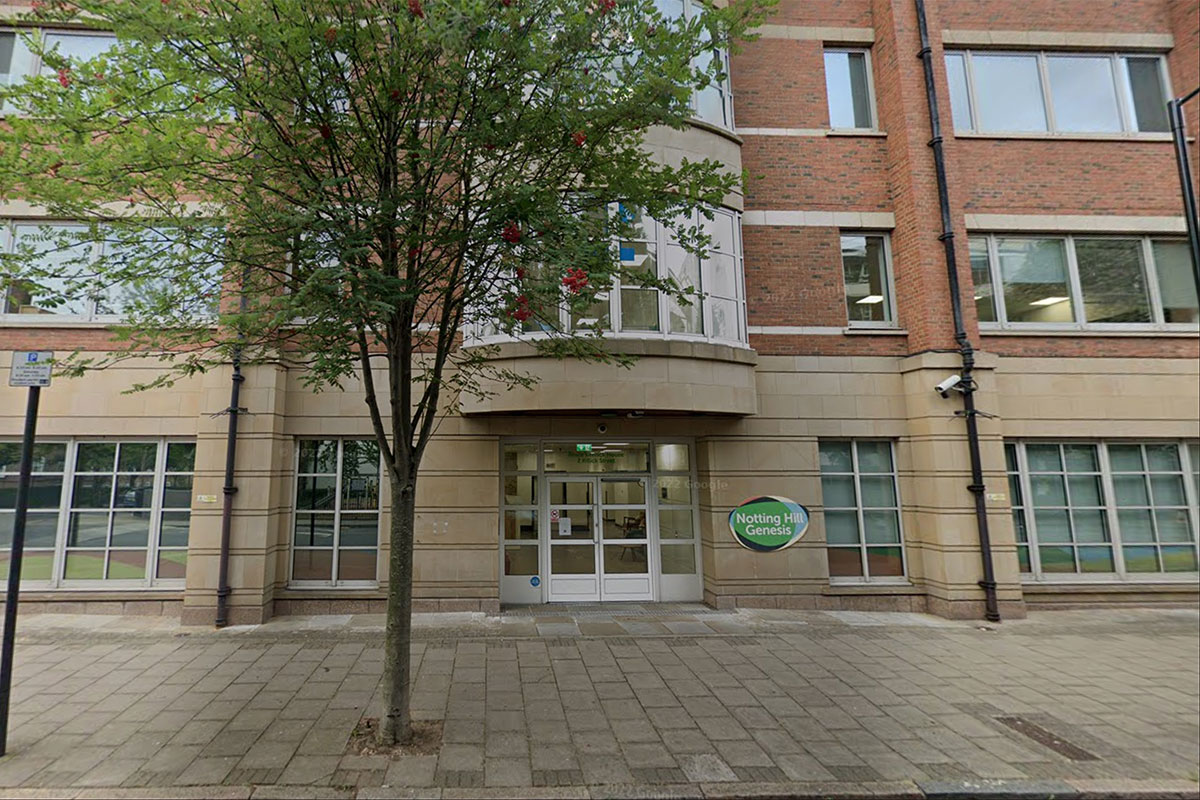Hyde restructures £1bn swaps portfolio as part of refinancing
Hyde has restructured the majority of its derivatives as part of a refinancing in its parent association.
The group restructured £915m of swaps, leaving £312m in place carrying an average fixed rate of 4.21 per cent.
The move comes amid a £760m refinancing in the parent entity Hyde Housing Association.
Peter Denton, group finance director, said it signals the final stage of the group’s current financing strategy.
Five existing banks supported the changes, which Mr Denton said gives Hyde a “modern and flexible financial framework” while supporting its ambition to deliver 1,500 homes per year.
Mr Denton said the 50,000-home group now has “very little maturing debt over the next three years, a fully funded development programme and approaching half a billion pounds in the bank”.
Rothschild advised on the transaction, having also worked with the likes of L&Q, Places for People, Peabody and Notting Hill.
The restructuring follows the group’s £400m, 35-year 3 per cent coupon Martlet Homes bond issue in May 2017 and brings the total bond and bank finance raised and restructured by the Hyde Group this year to £1.3bn.
The derivatives restructure has cost £173m but will result in a saving of around 0.2 per cent per annum, reducing Hyde’s cost of capital, he added.
Mr Denton said overall it provides “an already-strong Hyde with even greater resilience against any future economic or property market downturn”.
“Although already in good shape, our finances are now up-to-date and more straight-forward,” he added.
The refinancing in Hyde HA creates £150m of new loan facilities taking group debt to £2.1bn.
Some term loans have been switched to revolving credit facilities, creating £325m of overall additional RCFs, an average weighted life of 19 years and £103m of loans maturing in the next three years.
Changes
Hyde’s debt remains spread across its registered entities including Hyde HA and subsidiary RPs Martlet Homes, Hillside and Southbank.
As well as the Martlet bond – which was used to refinance its own £150m of existing bank facilities and the Hyde Group’s debt facilities – Hyde has a L&G private placement in Hillside and Southbank.
The latest deal with the banks means “common terms arrangements” across the group and a new standardised covenant package rather than group covenants, said Mr Denton.
He said the package reflects “the appropriate and strong asset value and income generating capacity of Hyde”, rather than the previously more historical focus on grants.
The group said in its 2017 accounts that its weighted average cost of capital for the year was 5.52 per cent, moving to 4.92 per cent after the Martlet bond.
Mr Denton said that while there is a “cost of carry” on the new facilities, it is worth it to remove risk by fully funding the five-year development programme.
Swaps position
Hyde has had a mix of embedded swaps and standalone derivatives – under ISDA (International Swaps and Derivative Association) agreements.
It previously issued a £200m, 30-year bond in 2010 via the parent HA, which resulted in an accounting treatment that required it to recognise the fair value of its large swaps portfolio in its I&E.
In 2017, Hyde generated an underlying surplus before derivatives’ charge of £98.4m against the previous year’s £95.4m. There was a negative impact of £36.8m, returning a £61.6m surplus after derivatives, which also added a net £36m to the group’s interest costs, with £327.6m of liabilities at fair value on the balance sheet.
Accounting under UK GAAP in 2013 and 2014 saw both negative and positive impacts of around £27m. The accounting change in 2015 saw increased volatility with adjustments of negative £109.6m and £73.3m.
The £173m ‘closing out’ or restructuring was done “at an attractive discount”, with Mr Denton saying the estimated net impact of break costs and mark-to-market movements this financial year is £27m.
As well as a reduction in cost of capital, it is also a way of “simplifying and reducing the volatility of its hedging portfolio and allowing for the release of £120m of property security”.
The refinancing also had an impact on the group’s latest regulatory assessment.
RELATED




